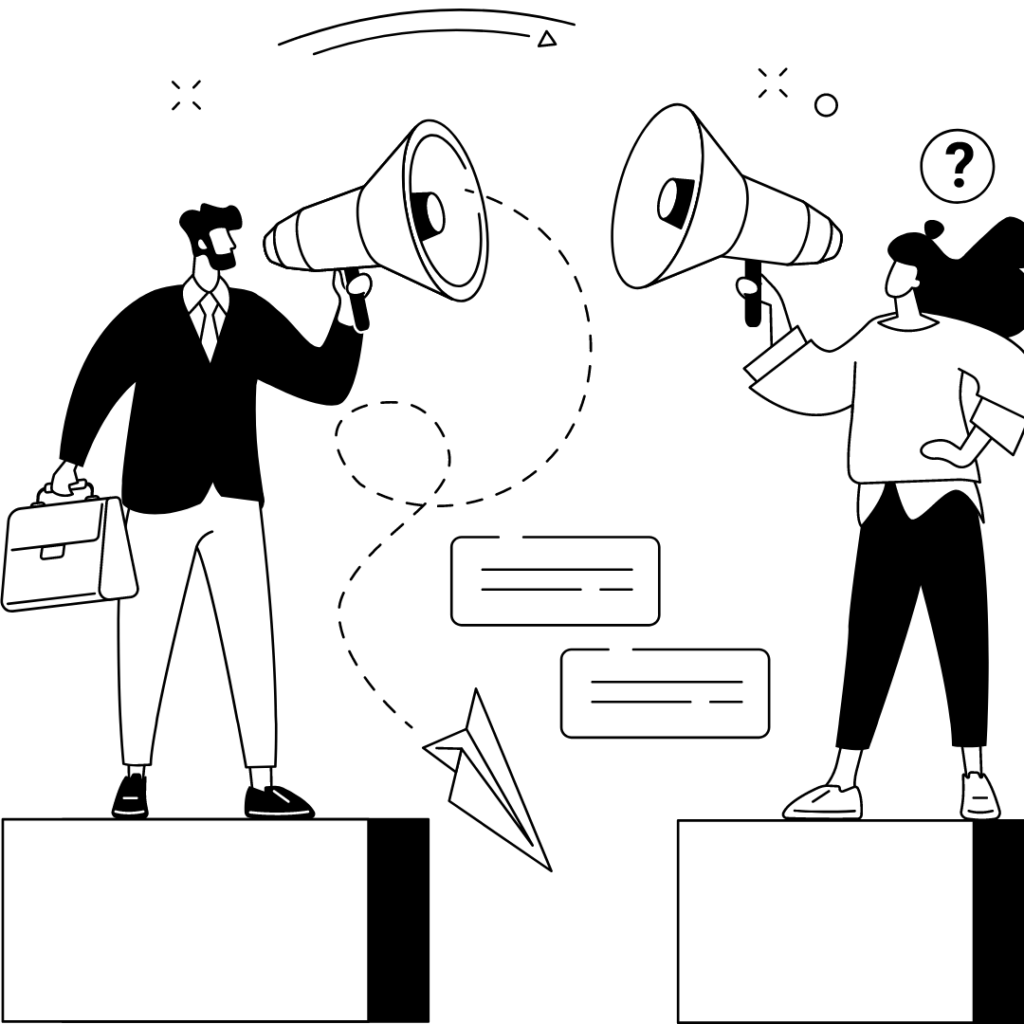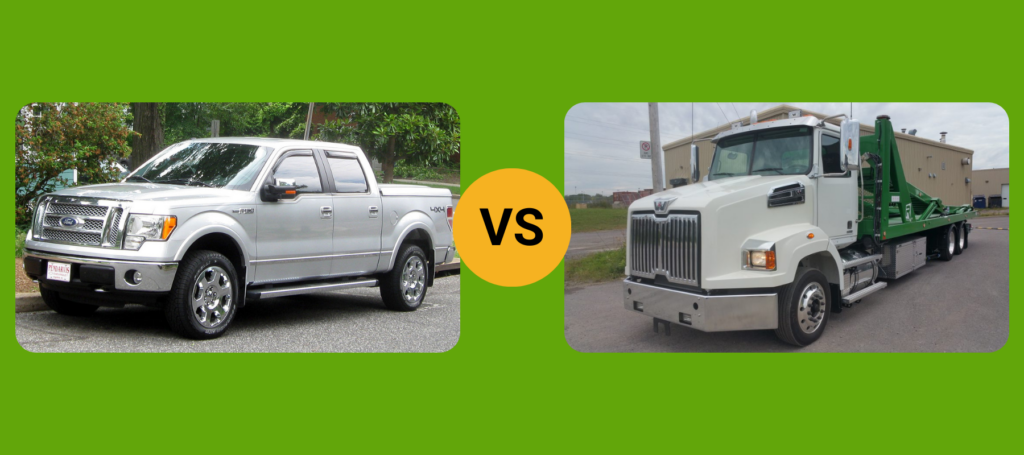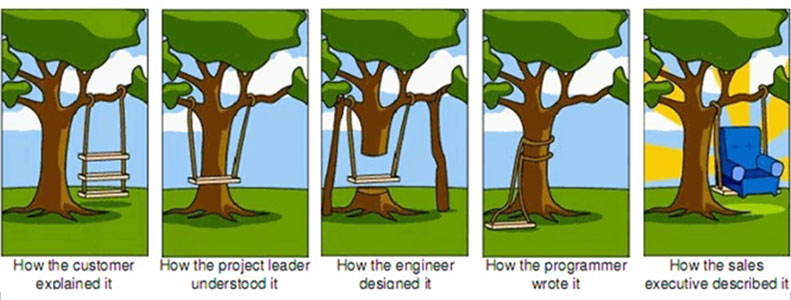Communicating your ideas clearly to the production team assigned to your project can sometimes be difficult. Things can easily get lost in translation throughout the process if the three main pillars – the designer, developer(s), and client – don’t establish a good understanding of the requirements at the beginning of a project. At Cheeky Monkey Media, we love a good analogy. And for this topic, we like to say User Stories are the Rosetta Stone to becoming Tech-lingual. This is to say, they give incredible insight into what the end result of your project will be through your audiences’ eyes.

Don’t Get Burned by Tech-lingual Gaps
Thankfully, using user stories can help bridge the communication gap, and make for a more smoothly executed project. And why is that so ridiculously important? Because otherwise, developers and designers would build out a product that wouldn’t match the needs of the client and their customers, seeing as they each use different languages in their roles.
We like metaphors just as much as analogies, so here’s one for you: Think of writing user stories the way you’d approach going to buy a car. You go to the dealership with a list of your requirements, in order to find the right vehicle that fits your needs. You wouldn’t want to be sold a sports car if your requirement was to tow a boat. (You’re secretly saving the sports car purchase for your mid-life crisis anyway. You could name it something sexy, like Miranda.)
What Does a User Story Look Like?
A user story is typically written as follows:
As a <role> I want to <goal> so I can <value>.
An example of this could be “As a fisherman, I want a vehicle that can tow a boat, so I can transport it from my house to the dock.” Still following the car purchase metaphor, this gives the sales rep at the dealership a guideline as to what vehicle best meets your requirements, without you giving them a specific make and model. But there are three different truck models capable of towing a large boat, so how do you choose? In web design, this narrowing of options at least helps the design and development team get a deeper understanding of the end goal to build the best solution for you.

The simple user story phrase above is like the Rosetta Stone that decodes all the tech-speak and industry jargon. Imagine you’re building a new social media platform and your development team says something like, “We want to build a secure authentication portal, it will be a robust user permissions system with hashed user login information, MD5 or better. We also want to ensure that the database is stored in SQL or NoSQL and is compliant with PIPEDA. This should help prevent internal data being made accessible to external entities without authorization and abusive use of our private IT environment.”
Ummm pardon?? What does that even mean? Why do I need a huge industrial hauling truck? Well, that interpretation actually translated into a requirement for a heavy-duty hauling truck, not the standard truck for hauling your boat you were looking for.
A Developer’s Take on User Stories
One of our Cheeky Monkey developers was given the User Story:
“As a social media user, I want to know that other people do not have access to my private information and conversations so I can feel safe and secure.”
You don’t need to know Structured Query Language or that a hash function is a mathematical algorithm. What you do know is that your users value security, and you’ve created the above statement that outlines who benefits from this feature, what information has to be secure, and why this task has value and is worth pursuing.
As the client you may be asking yourself Where do I come into all of this? To answer that question, it’s key that all stakeholders participate in defining and sorting user stories. When everyone is involved, it ensures that nothing gets lost or left behind throughout the entire process. The Cheeky Monkey team will work with you to refine your user stories so that they provide the clearest outline of the functionalities required. If we’re given user stories before we begin our Discovery process, it gives us the perfect jumping-off point to nail down the must-haves and wish list items for your web project, which helps you – the client, and us – your designers and developers (and marketers!), create an aligned understanding of the project.
What Value Do Designers Get from User Stories?
In design, and especially UX design, developing user stories guides the entire project. There are lots of “creative” ways to help accomplish the client’s goals, but when those goals are not clearly defined the project can run into, as you say… big problems. For designers, user stories should answer the following questions:
- Who is this being designed for?
- What is the purpose of this page when designing?
- Why is this feature important?
If you’re running an ice cream shop, you want to appeal to your customers’ wants – showing them how cool your location is and how delicious your frozen treats are. Whereas, if you were a construction company looking for a Scheduling web application, the project would look totally different. While the construction company may want images integrated into their web app, we have to ask – what purpose does this serve? Images would likely take up unnecessary space and distract the employees. This is where user stories really help tailor the experience to the client’s needs, with fonts, colors, user flow, and every other aspect reflecting their vision for their site. Ice cream, construction, cars…where will we go next with our love of metaphors?

What Value Do Developers Find from User Stories?
User stories prove valuable to developers because they efficiently communicate technical requirements from the perspective of the end user. A user story should answer the following important questions:
- What is the goal?
- What are the steps the user should take to actually perform the goal?
- What should the user expect to see (and not see) along the way?
With any technology development, there are a million ways to slice a pie. Web applications are complex, time-consuming, and expensive to develop. Leaving decisions to a developer about how a task should be performed will lead to a user experience that won’t meet the client’s expectations. A user story not only informs the developer of what the website should do, but explains what the client is actually trying to achieve, how they expect to achieve it, and what their experience should be while getting to that goal. What’s really important here is it removes subjectivity from the developer’s role and allows them to build an experience that is more precisely tailored to reflect the client’s needs.
User Stories Just Do More
While user stories can seem like such a small part of the process, they provide critical benefits to the project. We love nothing more than having great communication with our clients and having a great understanding of the requirements builds a good foundation for a long, strong relationship.
If you’d like to chat about how to properly build your User Stories to benefit your next web project, reach out to a monkey!




